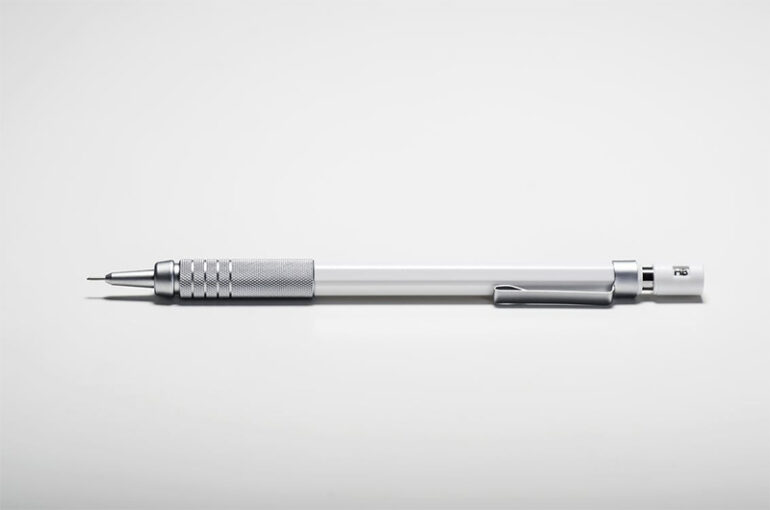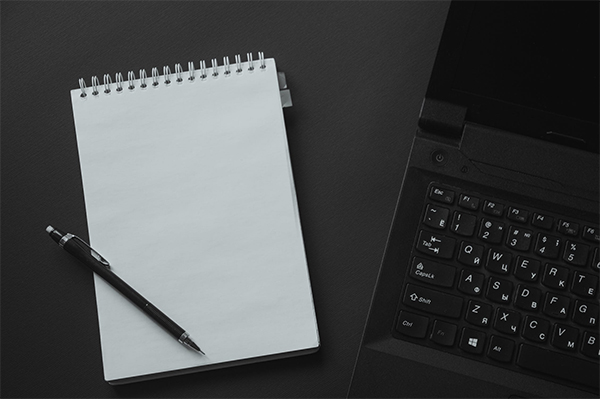Pencils are one of the first writing utensils introduced to kids. There are countless iterations and variations of pencils, most notably, the mechanical pencil. It presented people with the option of reusing the body of a pencil. At the time of its introduction, it was unheard of because people would throw away the whole body of a pencil once it got too short to write with. Today, many people utilize mechanical pencils because of the convenience and familiar feel of a pen and, at the same time, the peace of mind that you can undo a mistake using an eraser.
History
The first mechanical pencil was considered the landholder created in 1565 by a Swiss naturalist and bibliographer, Conrad Gesner. Years after, the first mechanical pencil that had a mechanism emerged. This mechanism allowed lead to be advanced into the body and replaced when needed. This was a mechanism patented by Sampson Mordan and John Isaac Hawkins in Britain in 1822. Between 1822 and 1874, more than 160 patents were registered, all surrounding the designs and innovations for mechanical pencils. Finally, in 1939, the first lead with a diameter of 0.9mm was unveiled. And today, we have leads that go as thin as 0.2mm in diameter.
Uses
All innovations made for mechanical pencils have brought us to what is defined as a mechanical pencil today. Because of all these innovations, there is a mechanical pencil for everyone. Engineers or architects commonly use drafting pencils because they are commonly found with a long lead sleeve to see the exact lines they are putting down. These innovations even go as far as considering those who are heavy-handed. There are mechanical pencils that were tweaked for their lead sleeve to shoot farther down when there is downwards pressure applied, which prevents lead breakage. Furthermore, there are even mechanisms that rotate the tip whenever you lift your hand off the paper to keep a sharp point.
Importance
Although the tool you use doesn’t compare to the skill and control you have over your utensils, what you use can still affect your workflow. The minor improvements in mechanical pencils can be seen as insignificant by most, but the most negligible improvements can make the most significant differences. For example, the convenience of not having to sharpen your pencil can save time. With a mechanical pencil, all that’s needed is to replace the lead with a new piece. For artists, even the weight of their pencil can affect how much control they have over what they’re drawing. Heavier pencils commonly provide a lower centre of gravity that can make them easier to control.
Without appreciating the minor improvements made to mechanical pencils, we fail to see the hard work put in by all the people who invented and helped improve mechanical pencils. The process of making a mechanical pencil seems one that is robotic, but this can only be farther from the truth because it takes artistry and a refined eye to take notice of all these minor inconveniences. In addition to taking note of these troubles, they create something to eliminate that problem.
Photo Attribution:
1st and featured image by https://www.pexels.com/photo/gray-white-click-pencil-159585/
2nd image by https://www.pexels.com/photo/black-laptop-computer-beside-white-steno-notebook-2034373/

